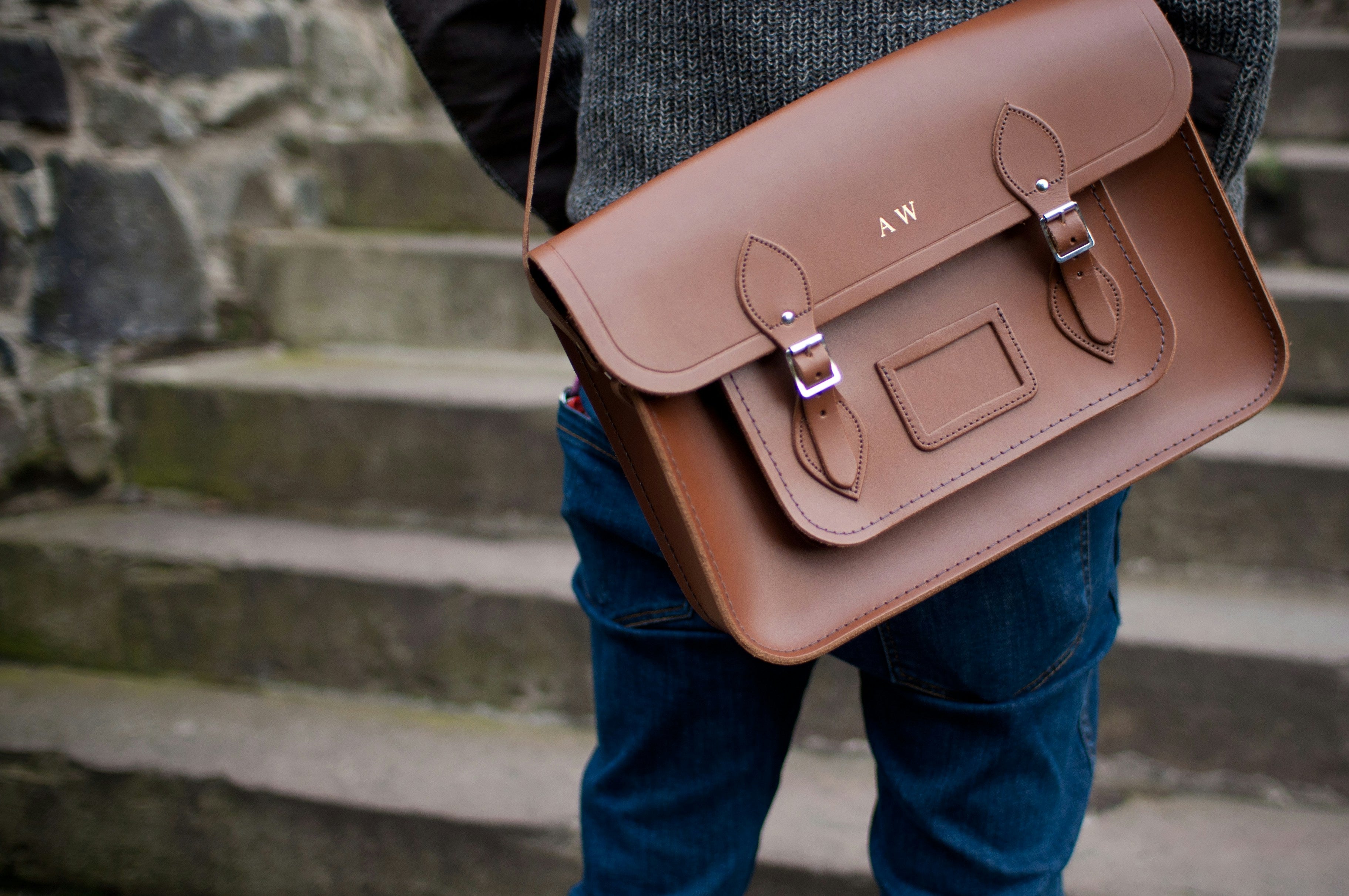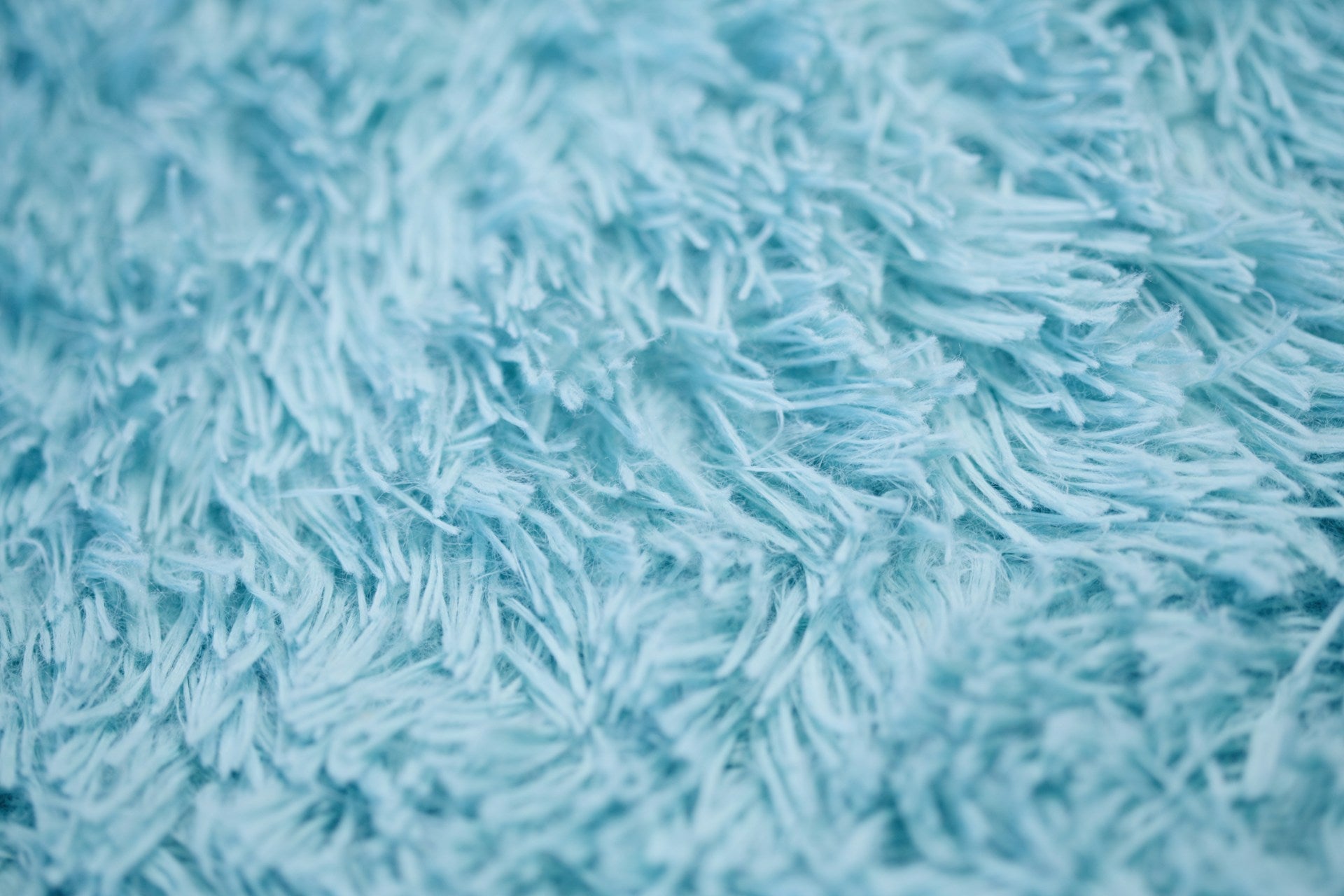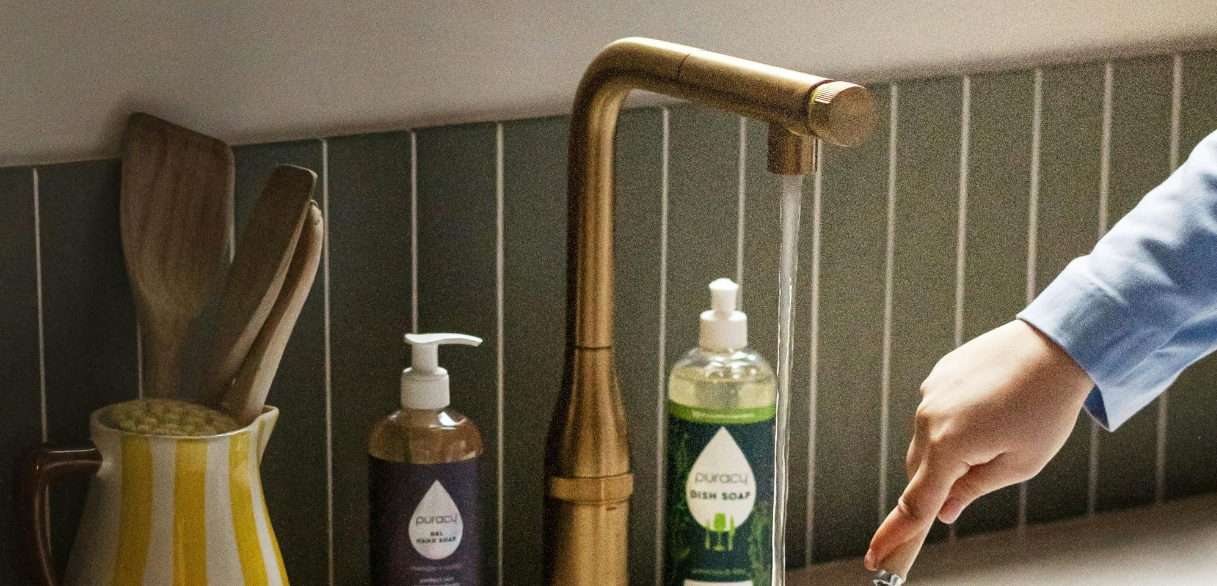
How to Clean Pleather
With the rise of animal-friendly alternatives, pleather or faux leather has become a popular choice for many. If you own items made with this type of leather, you might have come across the dilemma of properly cleaning it, especially one with stains. Here’s an easy to follow guide on the simplest way to clean and care for your faux leather.
What is Pleather?

Pleather, a blend of "plastic" and "leather," is a synthetic material made to look and feel like leather. It is often used in furniture, clothing, and accessories. It is also known as faux leather and is made by bonding a plastic coating to a fabric backing, usually polyester. Unlike real leather, pleather is a kind of leather that’s not breathable. If you don’t properly clean and maintain it, it may crack over time.
Pleather vs Faux Leather: Are They the Same?
Yes, pleather and faux leather are terms used interchangeably. They refer to synthetic materials designed to mimic the look and feel of real leather without using animal products. These materials are favored for their versatility, affordability, and animal-friendly properties. While they share similarities, the quality and finish can vary depending on the manufacturing process.
Before cleaning, ensure the item is indeed faux leather. You can distinguish between different types of synthetic leathers by checking on the manufacturer’s label. They usually have different care techniques.
How to Care for Pleather or Faux Leather

What You’ll Need:
- Soft cloth
- Water from the tap
- Puracy Dish Soap
- Puracy Everyday Surface Cleaner
- Microfiber cloth
1. Mix the Cleaning Solution
In a basin, mix warm water and a few drops of Puracy dish soap if you’re cleaning general items like bags, shoes, and couch.
2. Remove loose debris
Using a soft cloth, wipe off dust and any loose debris from the small item. You can use a vacuum with a soft brush for bigger items like a sofa. This prevents scratches on the leather during the cleaning process.
3. Wipe down the leather surface
Dip a clean cloth into your basin with the cleaning solution. Make sure to wring the cloth so that it is not dripping wet. Use this to gently wipe the surface of the leather, covering all areas and paying special attention to the seams and crevices.
4. Spot clean any stains
Use multi-surface cleaner to spot clean stains on faux leather. Make sure to spray it on a spot that’s not easily noticeable to test for any bad reactions.
5. Wipe off dry.
Once done, rinse your cleaning cloth to get rid of the solution. Use the same cloth to wipe off residues of the solution from the item. Then using a clean, dry microfiber cloth, wipe the faux leather item dry to prevent water spots and water streaks from forming.
6. Conditioning your faux leather
To keep the surface supple and prevent cracking, apply a conditioner designed for faux leather every three months. Follow the product instructions for the best results.
Maintaining and Protecting Your Faux Leather

Here are some tips to help prolong the life of your faux leather.
Dust and wipe faux leather items weekly to prevent buildup. Routine maintenance helps in keeping the material looking fresh and new.
Use a conditioner designed for faux leather every three months to keep the material supple. Conditioning helps in maintaining the elasticity and prevents cracking.
For minor tears, use a pleather repair kit. These kits usually contain adhesive and patch materials that can seamlessly blend with the original material. Follow the kit instructions for the best results. Ensure the area is clean and dry before applying the patch.
Prolonged exposure to direct sunlight can cause fading and cracking. Keep items away from windows to preserve their color and texture.
Store faux leather items in a cool, dry place. Use covers to protect furniture when not in use. Proper storage conditions prevent mold and mildew growth and maintain the material's integrity.
Prevent punctures and tears by keeping sharp objects away from faux leather surfaces.
After cleaning and conditioning, apply a protective spray to maintain its resistance to stains and spills.
Do not use abrasive cleaners or tools as they can scratch and damage the surface.
When cleaning, always use gentle motions to avoid stretching or tearing the material.
Before using any product, test it on a small, hidden area to ensure it does not affect the color or texture of the item.
Faux Leather vs. Other Types of Leather

Understanding how faux leather compares to other types of leather can help in proper care and maintenance.
Durability
It is less durable than genuine leather but more resistant to scratches and stains. Regular maintenance can extend its lifespan. While genuine leather can last decades with proper care, its lifespan is typically shorter, though advancements in technology are improving its durability.
Texture
It often has a more uniform texture than natural leather. This makes it easier to clean but less breathable. Genuine leather develops a unique patina over time, adding to its character, whereas pleather remains consistent in appearance.
Uses
It is commonly used in furniture, clothing, and car interiors due to its versatility and affordability. It is often chosen for items that do not require the high durability of real leather but still benefit from a leather-like appearance.
FAQs

How often should I clean my faux leather?
Clean the items weekly to prevent dirt buildup. Regular cleaning prevents the accumulation of oils and dirt that can break down the material over time.
When should I deep clean?
Deep clean monthly or when there are noticeable stains or odors. Deep cleaning involves using more intensive cleaning methods and products to ensure thorough removal of embedded dirt and grime.
How do I build a cleaning and maintaining routine for them?
Incorporate dusting and wiping into your weekly cleaning schedule. Condition quarterly. A consistent routine will help maintain the material’s look and feel, ensuring it remains in good condition for as long as possible.
When should I seek professional help?
For extensive damage or tough stains, professional cleaning may be necessary. Professionals have access to specialized tools and products that can restore it to its best possible condition.


























